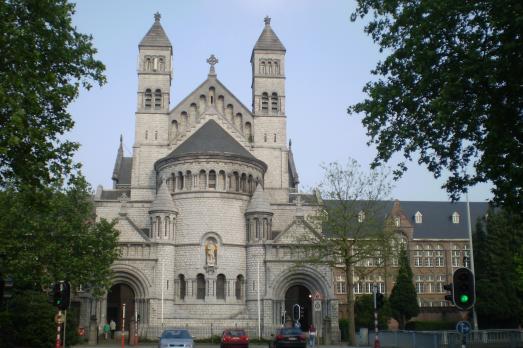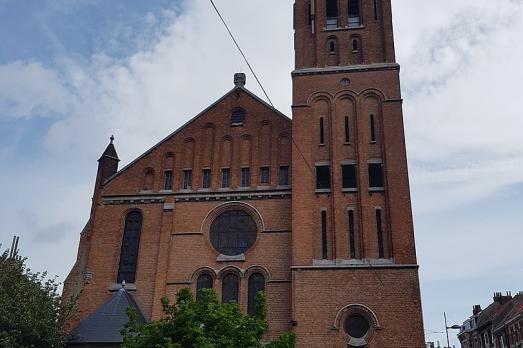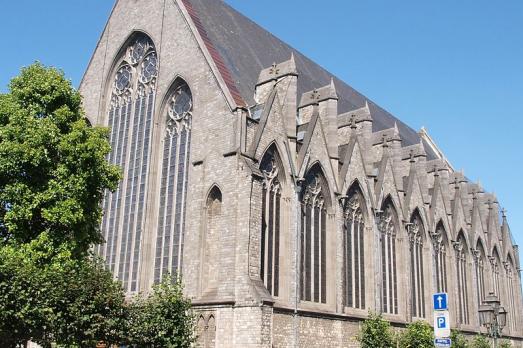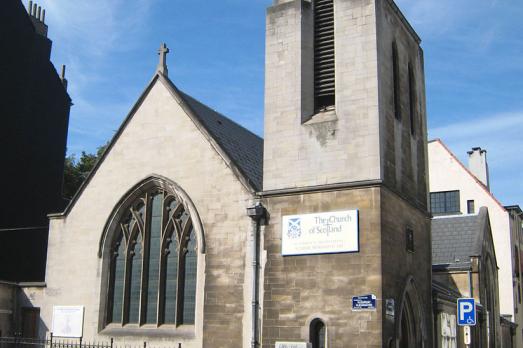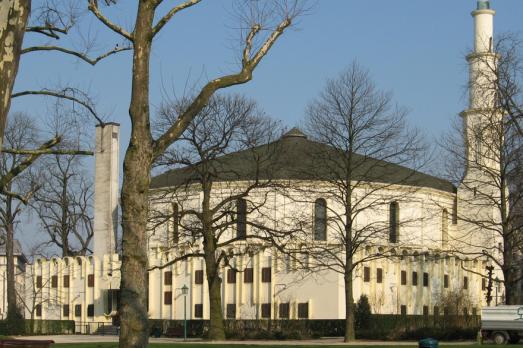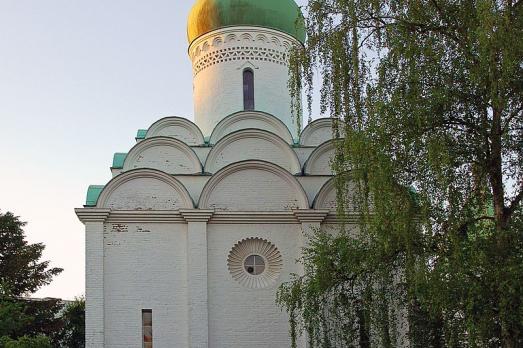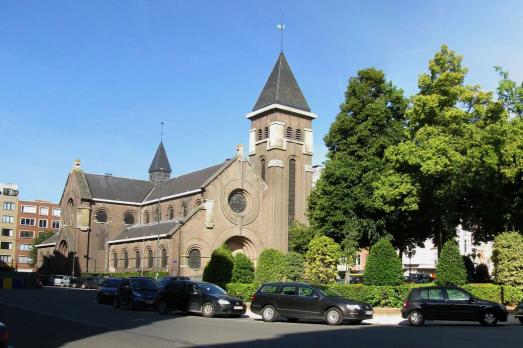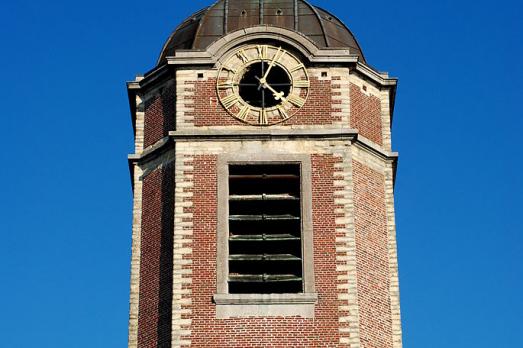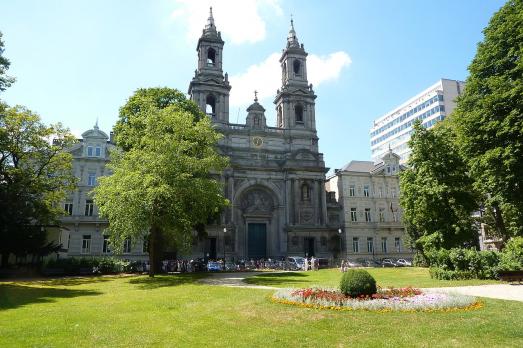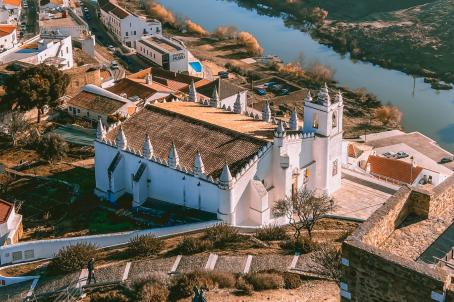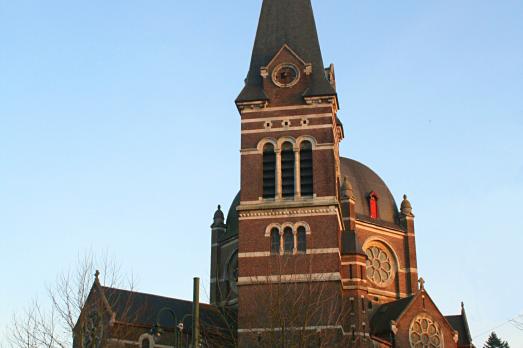
Church of St. Job
Uccle, BE
The church of St. Job in Uccle dates back to the beginning of the 20th century. The castral chapel of the Lords of Carloo (dating from 1622) survived the fire of the castle of Carloo during the Brabant revolution (1789-1790), but was replaced in 1836 by a church, the first parish of Uccle, as the city of Brussels expanded southward. As Uccle had become a suburb of Brussels at the end of the 19th century and its population had grown considerably, this parish church was demolished and replaced in 1911 by the new Saint-Job church, the work of architect Jules Bilmeyer.
